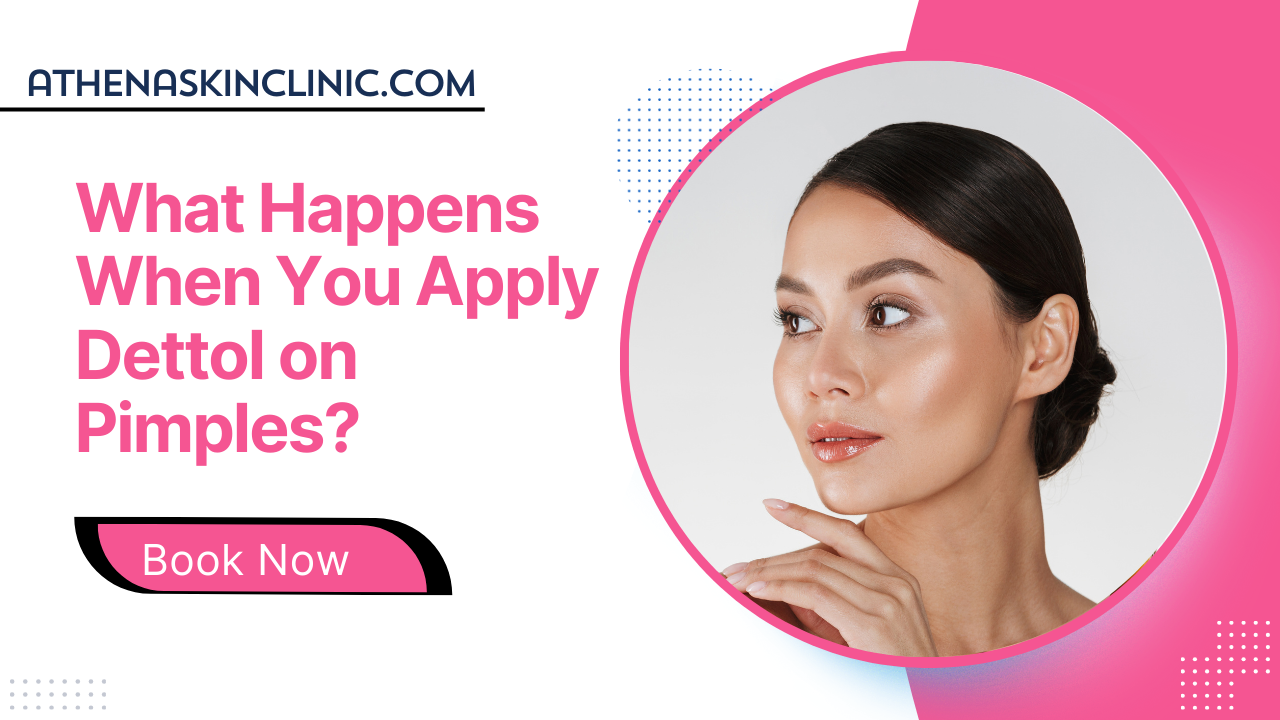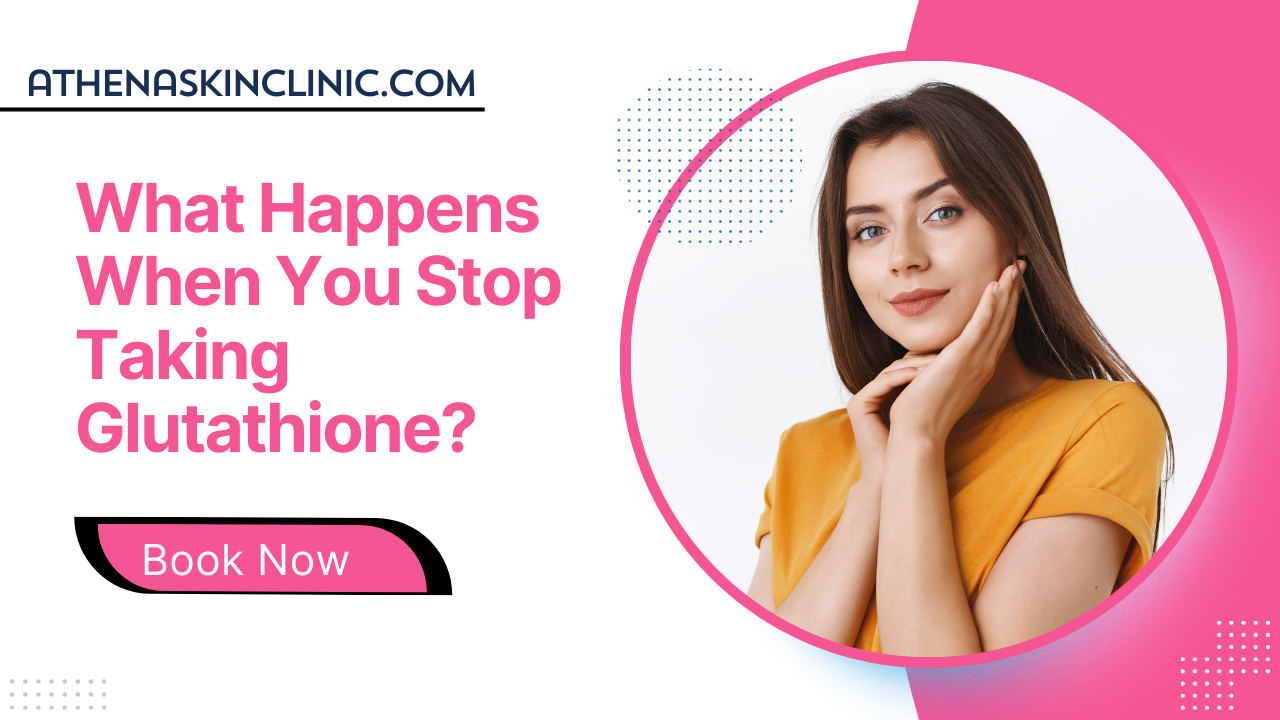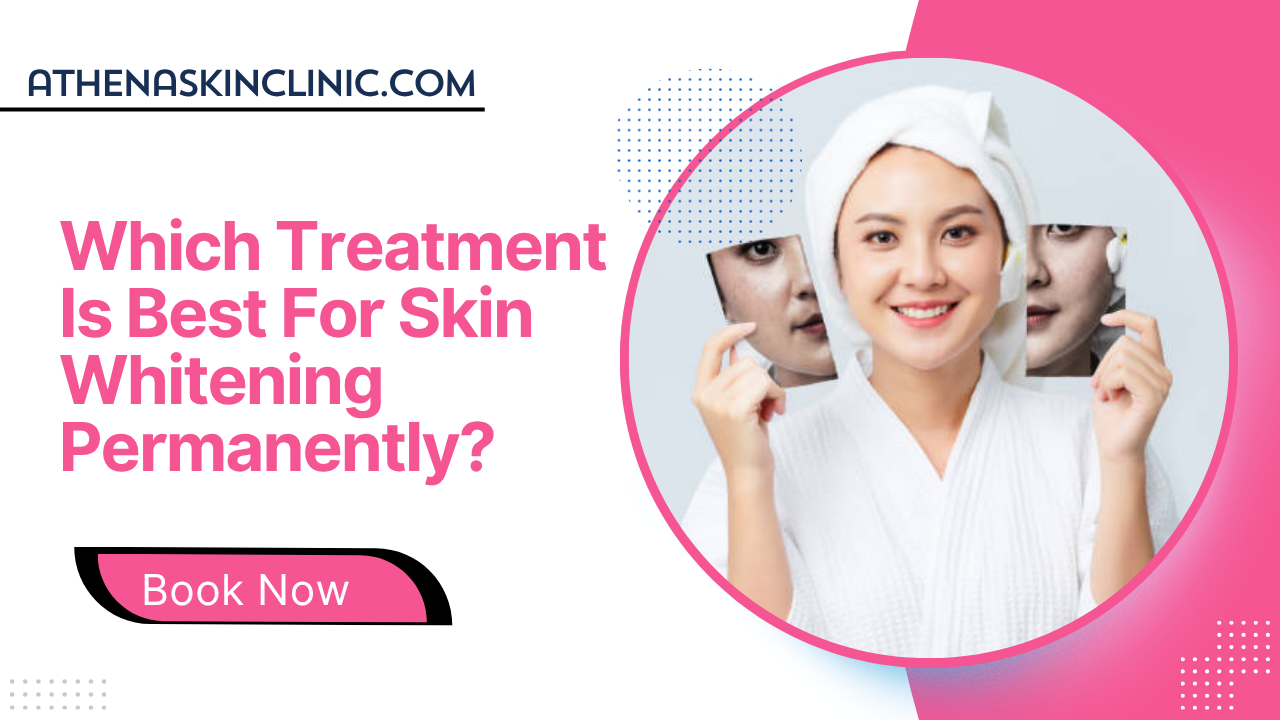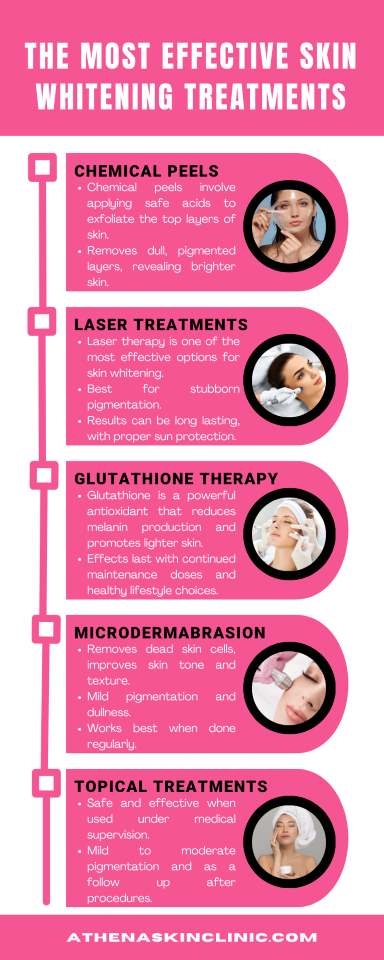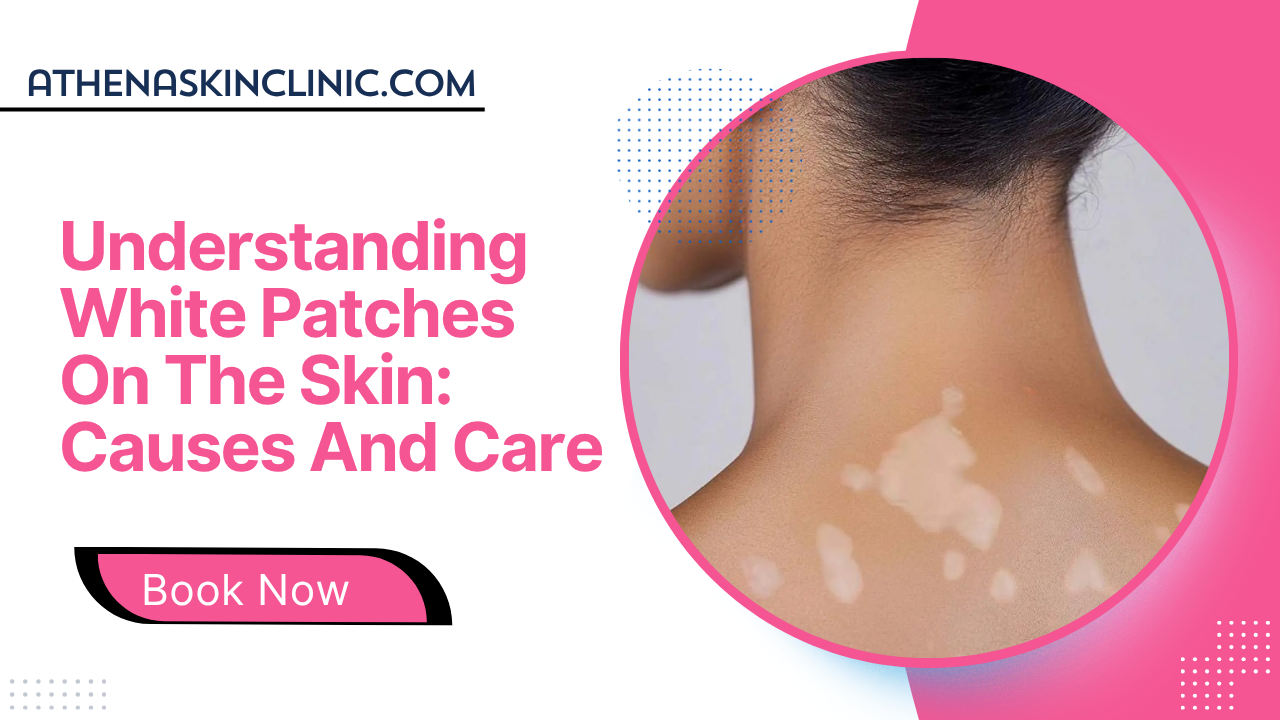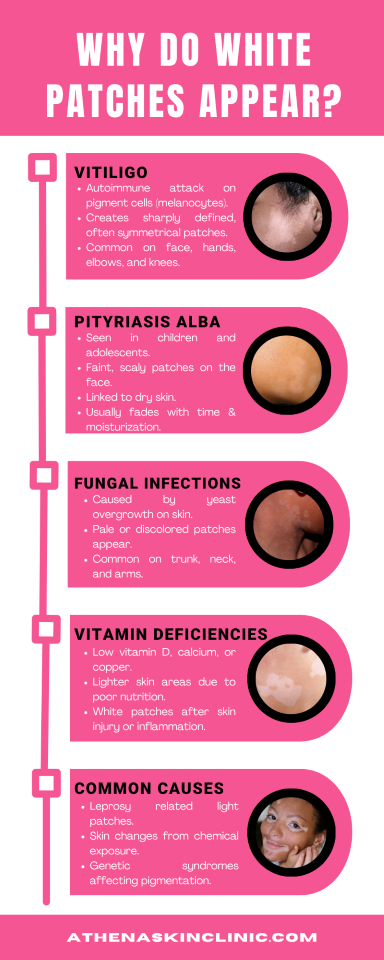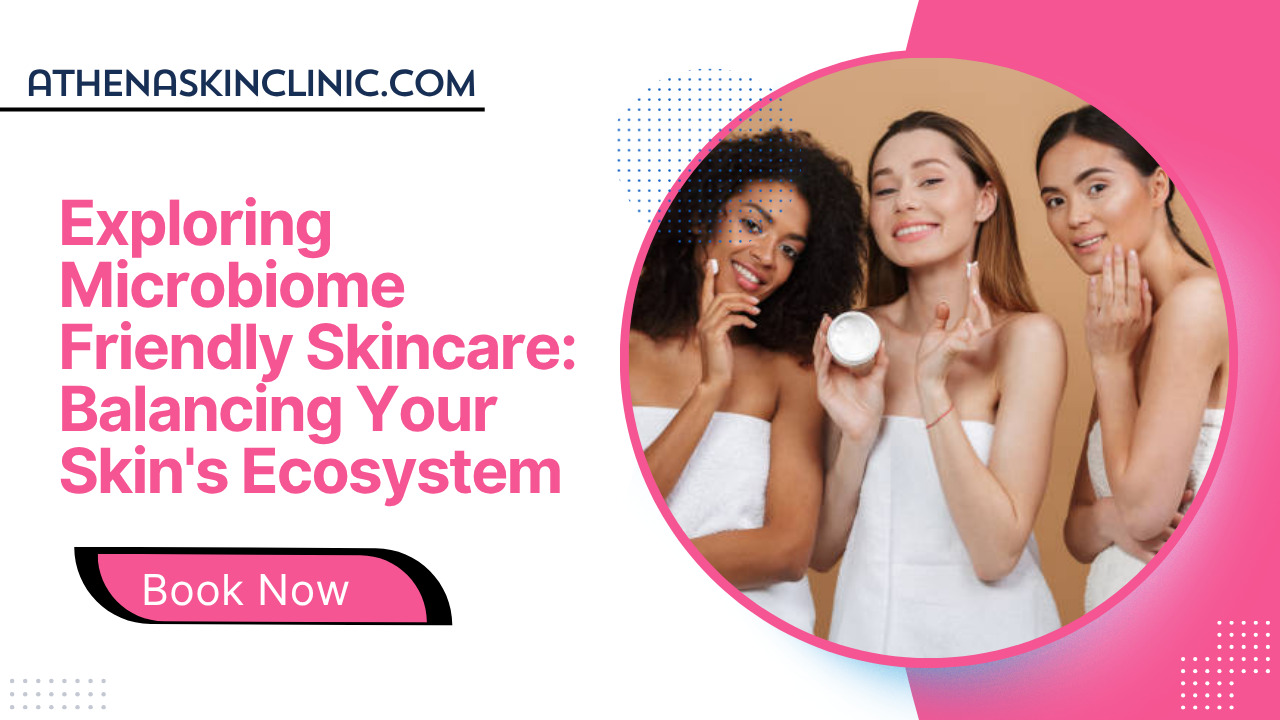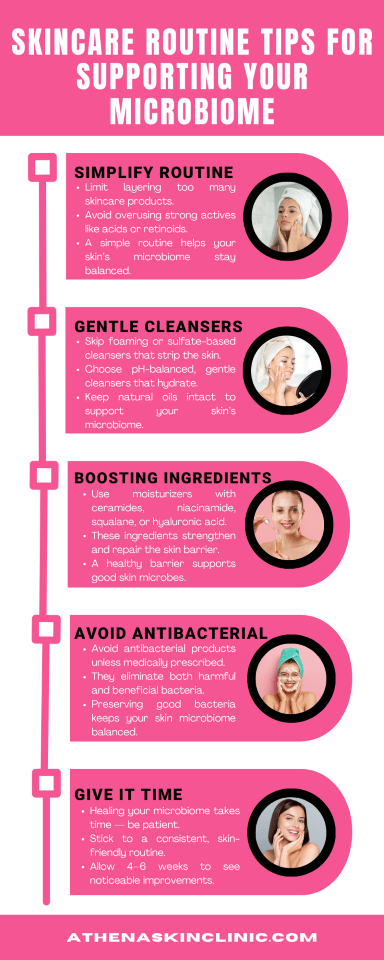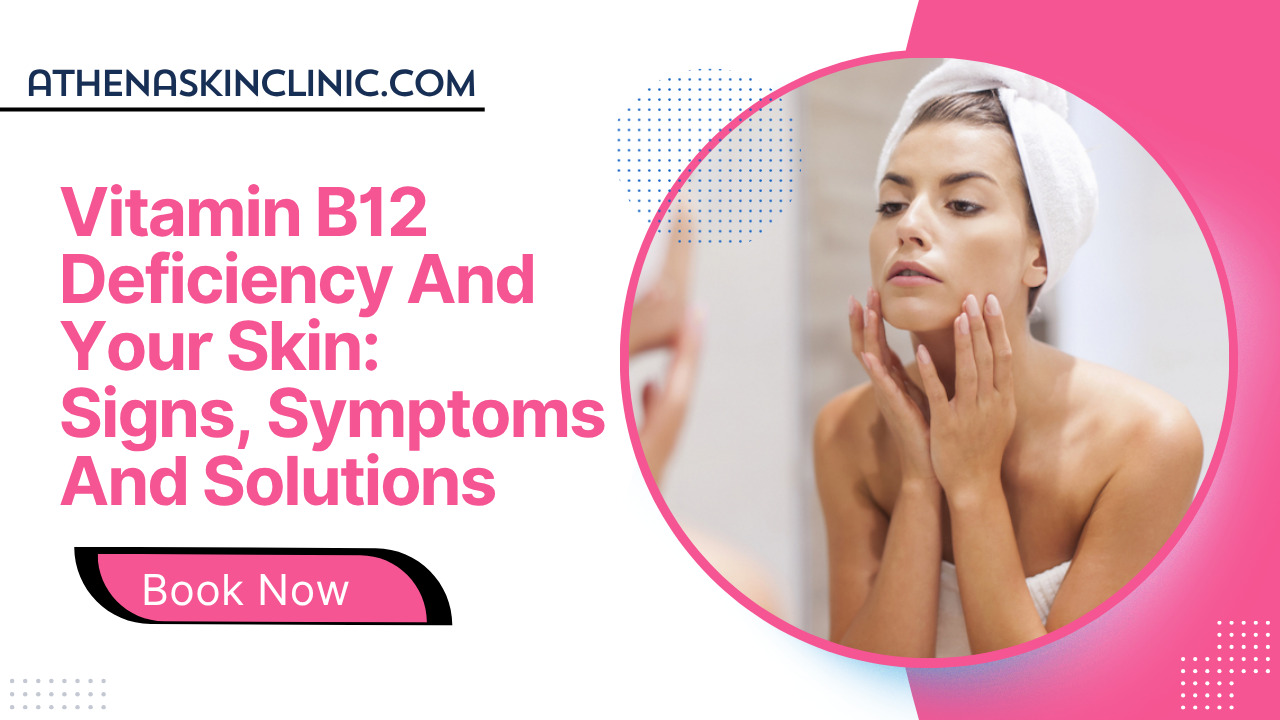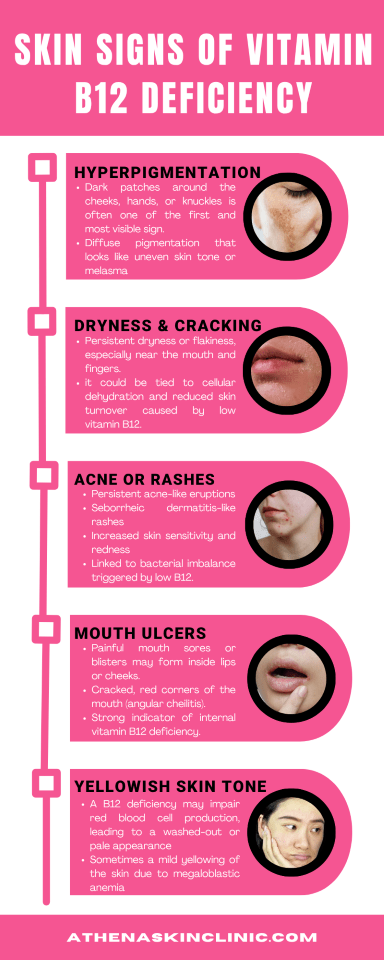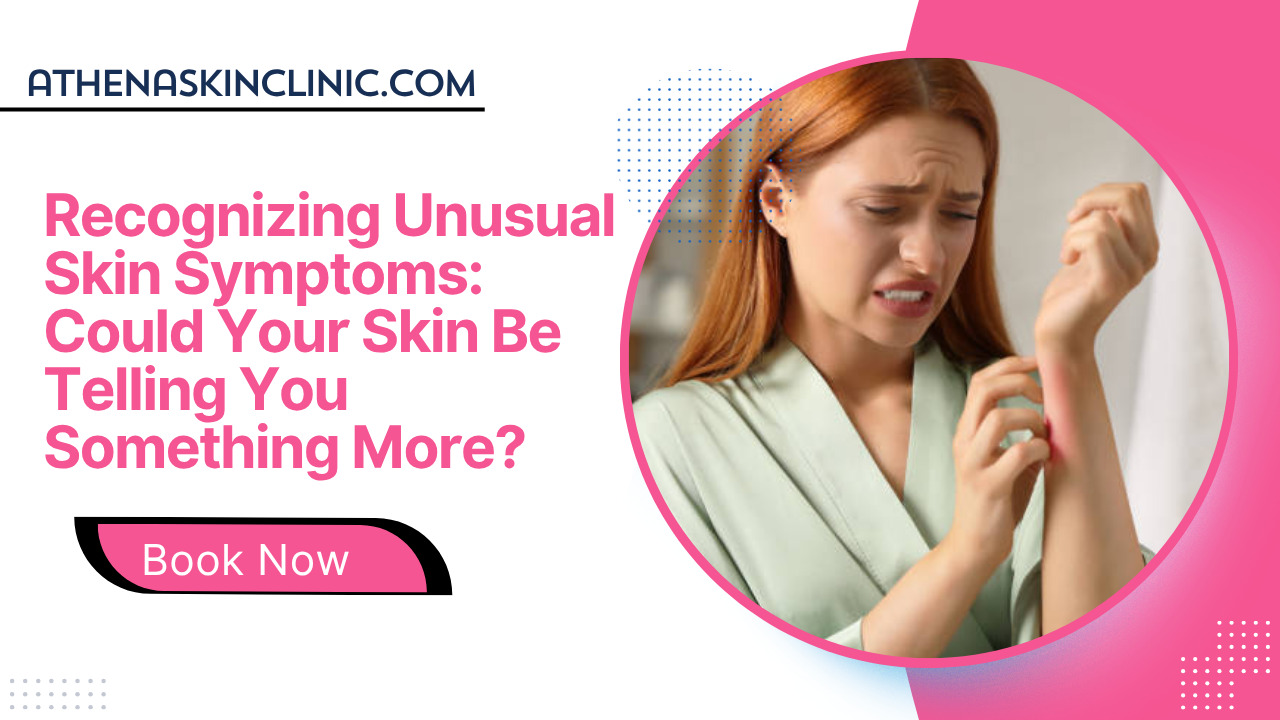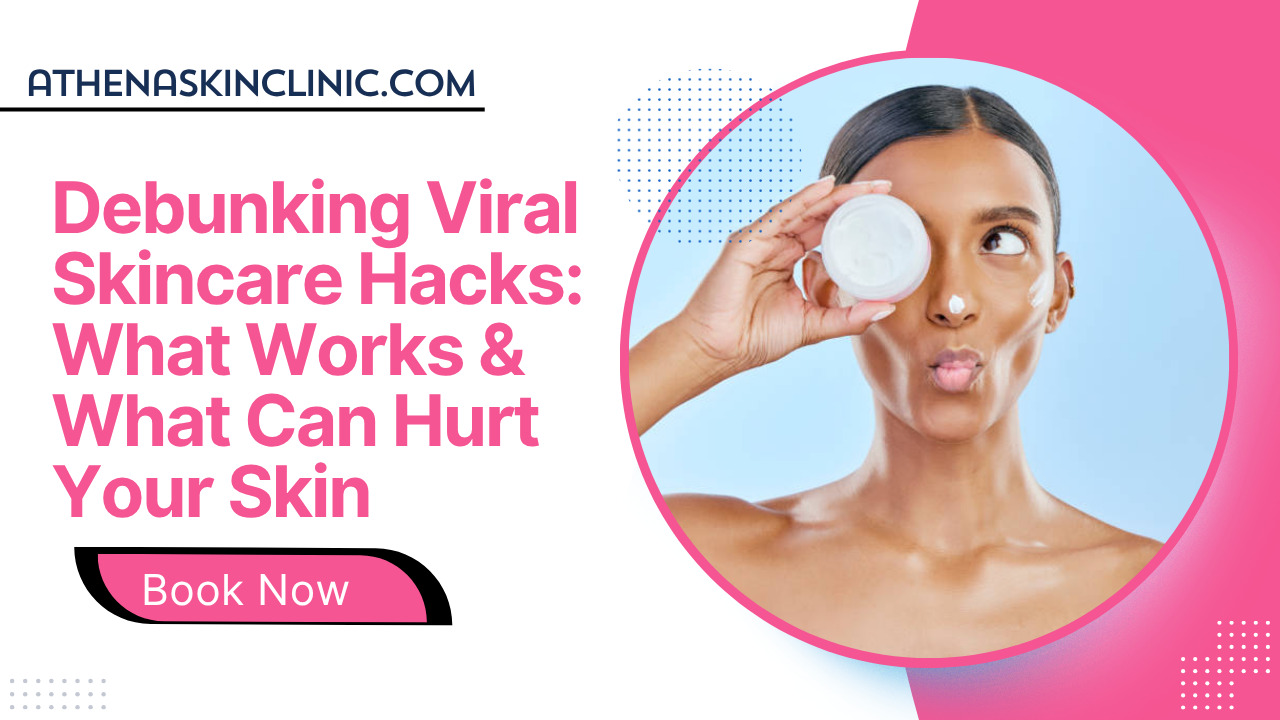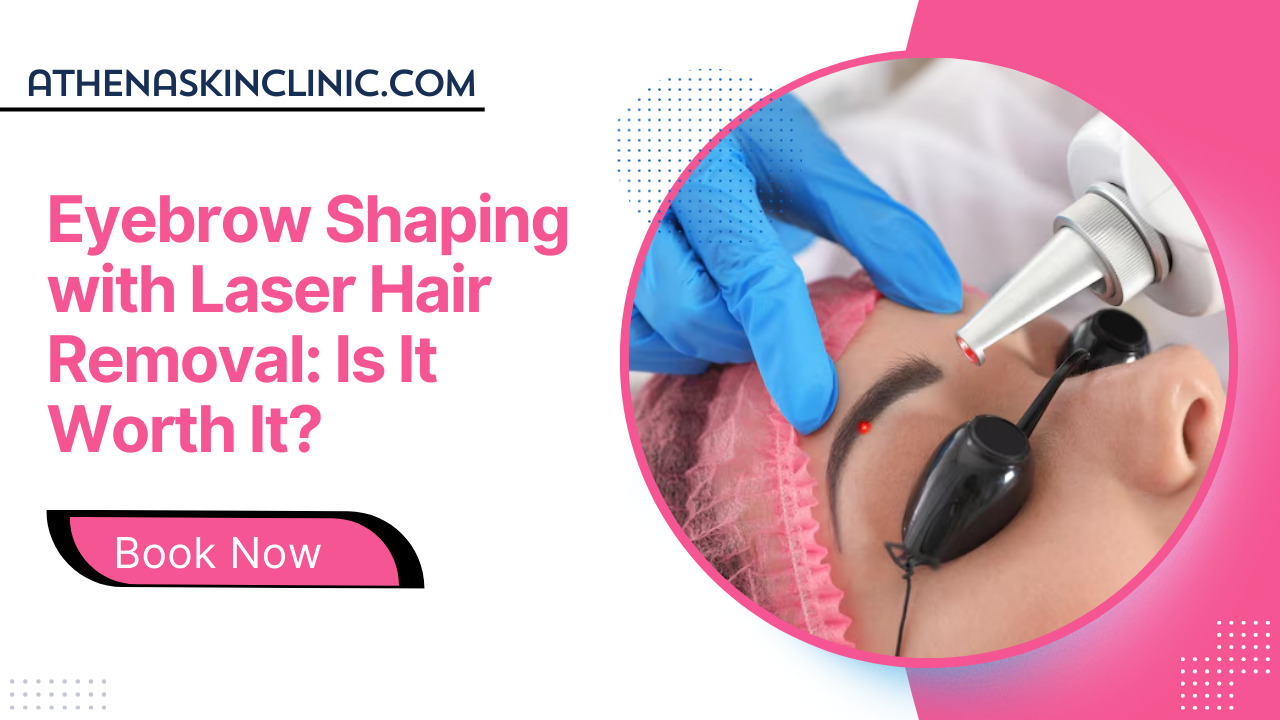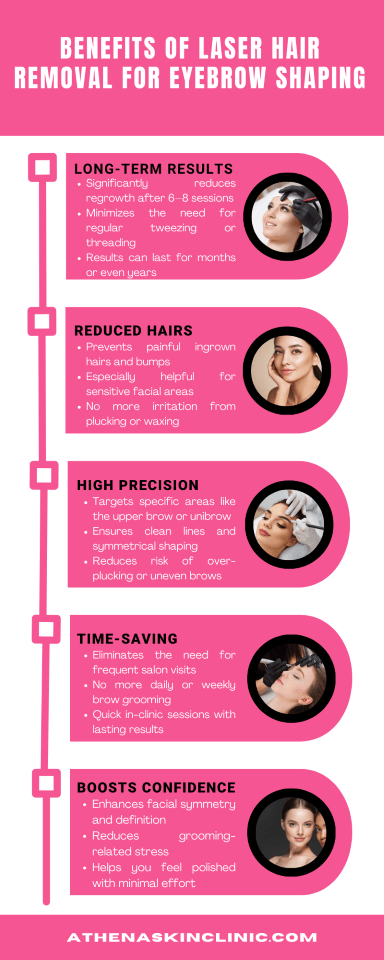It’s not uncommon for people to reach for Dettol or other antiseptics when dealing with skin breakouts. Since Dettol is known for “killing 99.9% of germs,” many assume it can also help “kill” the bacteria that cause pimples.
However, while that logic may sound practical, using Dettol on pimples is unsafe and can seriously damage your skin. Let’s understand why.
What Is Dettol Made Of?
Dettol’s main active ingredient is chloroxylenol, a potent antiseptic and disinfectant used to clean surfaces and minor wounds.
It’s formulated for external disinfection, not delicate facial skin.
The product also contains alcohol, pine oil, and caustic substances that enhance its antibacterial properties — but these can be highly irritating and corrosive to the skin barrier, especially when applied undiluted.
What Happens When You Apply Dettol on Pimples?
1. Severe Skin Irritation and Burning
Dettol is a harsh chemical disinfectant. Applying it directly to the skin — particularly on broken or inflamed acne lesions — can cause:
- Immediate burning or stinging sensations
- Redness and inflammation
- Chemical irritation that worsens acne rather than healing it
The skin on your face is thin and sensitive. What’s safe for cleaning wounds or surfaces is far too strong for acne-prone skin.
2. Chemical Burns and Peeling
Dettol’s high concentration of chloroxylenol can lead to chemical burns, especially if left on the skin for more than a few seconds.
- You might see blistering, dry, scaly patches, or dark scars after the burn heals.
- These post-inflammatory marks can last for weeks or months, creating more discoloration than the pimples themselves.
3. Disruption of the Skin Barrier
Your skin’s natural barrier (the outermost layer) maintains hydration and protects against microbes.
- Dettol strips this barrier by removing essential oils and natural moisture.
- This can trigger increased oil production as the skin tries to compensate — leading to more breakouts.
- You might also experience tightness, flaking, or sensitivity even to mild products afterward.
4. Increased Risk of Infection and Scarring
Ironically, using Dettol to “kill germs” can worsen infections. Once the protective barrier is damaged, bacteria and fungi can easily enter the skin, leading to:
- Secondary infections
- Delayed healing of acne lesions
- Permanent scars or pigmentation
Dermatologist-Approved Alternatives
Instead of Dettol, dermatologists recommend products formulated specifically for acne-prone skin:
Topical Antibacterial Options
- Benzoyl peroxide (2.5%–5%): Reduces acne-causing bacteria and unclogs pores.
- Clindamycin or erythromycin gels: Prescription options for inflamed acne.
Gentle Cleansers
- Use mild, pH-balanced cleansers with salicylic acid or niacinamide to clear pores without damaging the skin.
Spot Treatments
- Tea tree oil (diluted) or sulfur-based spot creams can dry out pimples safely.
- Hydrocolloid patches protect pimples from infection while promoting healing.
Lifestyle and Skincare Tips
- Avoid squeezing or picking pimples.
- Keep pillowcases and makeup brushes clean.
- Follow a consistent skincare routine and use sunscreen daily.
What To Do If You’ve Already Applied Dettol?
If you’ve accidentally applied Dettol to a pimple:
- Immediately rinse your face with cool water for several minutes.
- Avoid scrubbing or rubbing.
- Apply a soothing barrier cream such as aloe vera gel or petroleum jelly.
- If burning, redness, or blistering occurs, see a dermatologist right away.
Chemical burns need professional care to prevent scarring or secondary infection.
Conclusion
While Dettol is excellent for disinfecting wounds and household surfaces, it has no place in acne treatment. Applying it to pimples can cause chemical burns, irritation, and scarring, doing far more harm than good.
For acne, always choose dermatologically tested products designed for facial skin — and seek professional guidance for persistent or severe breakouts.
Your skin deserves gentle, science-backed care — not harsh chemical shortcuts.
Contact Athena Skin Clinic, if you need further help.
